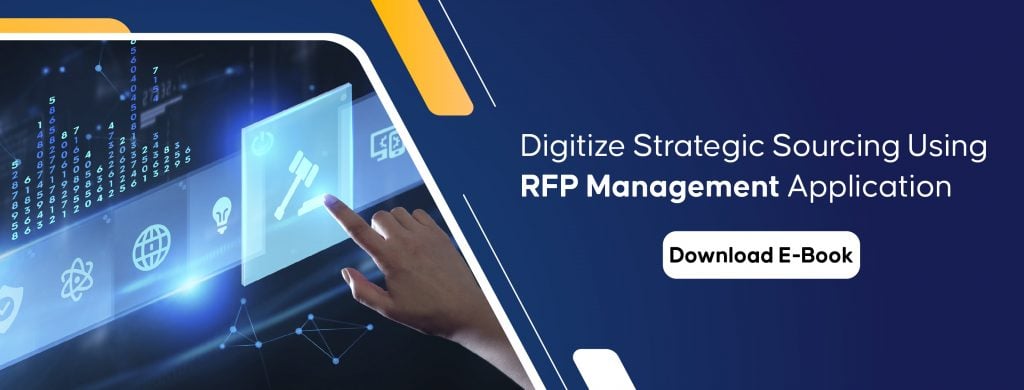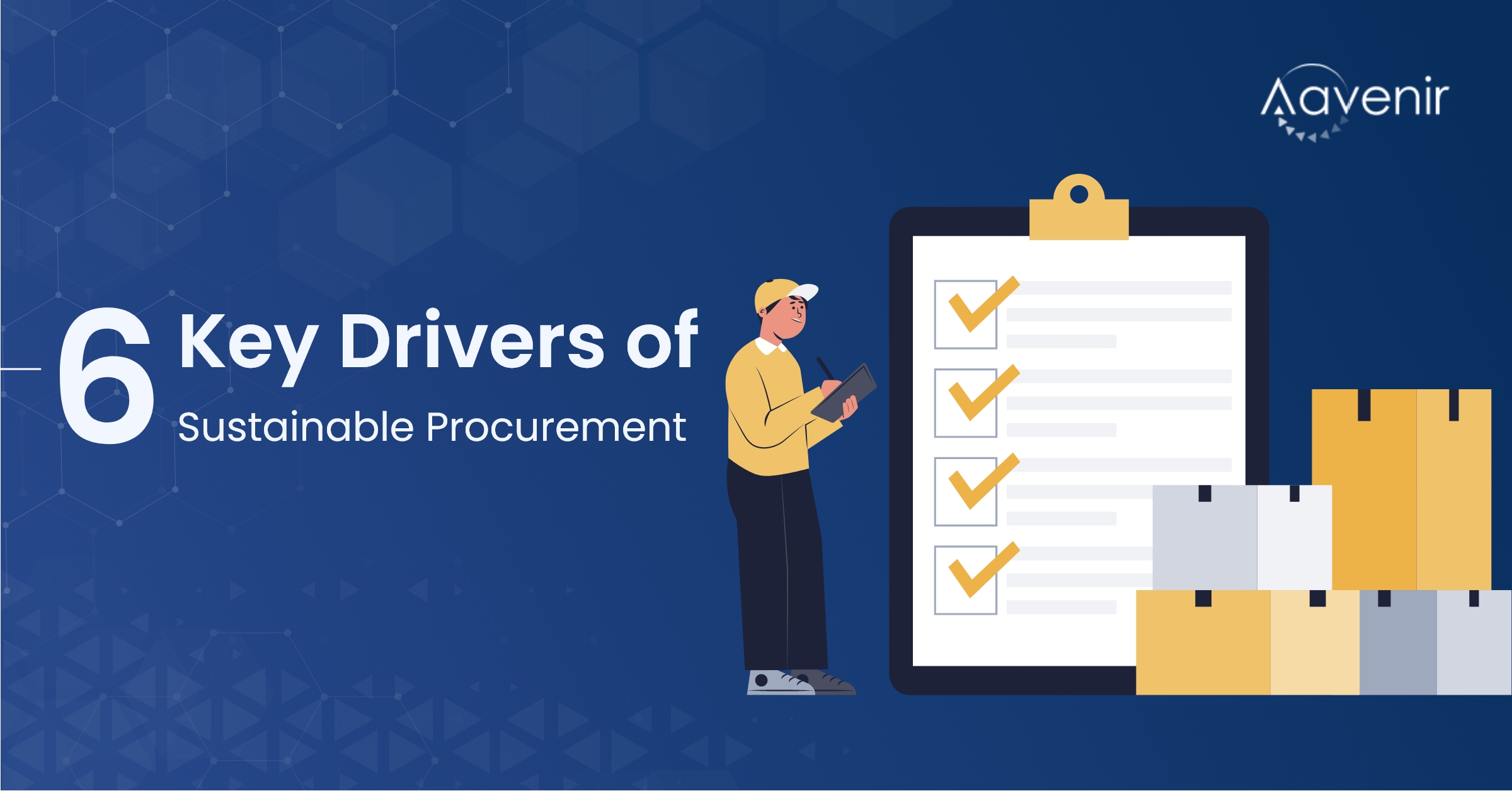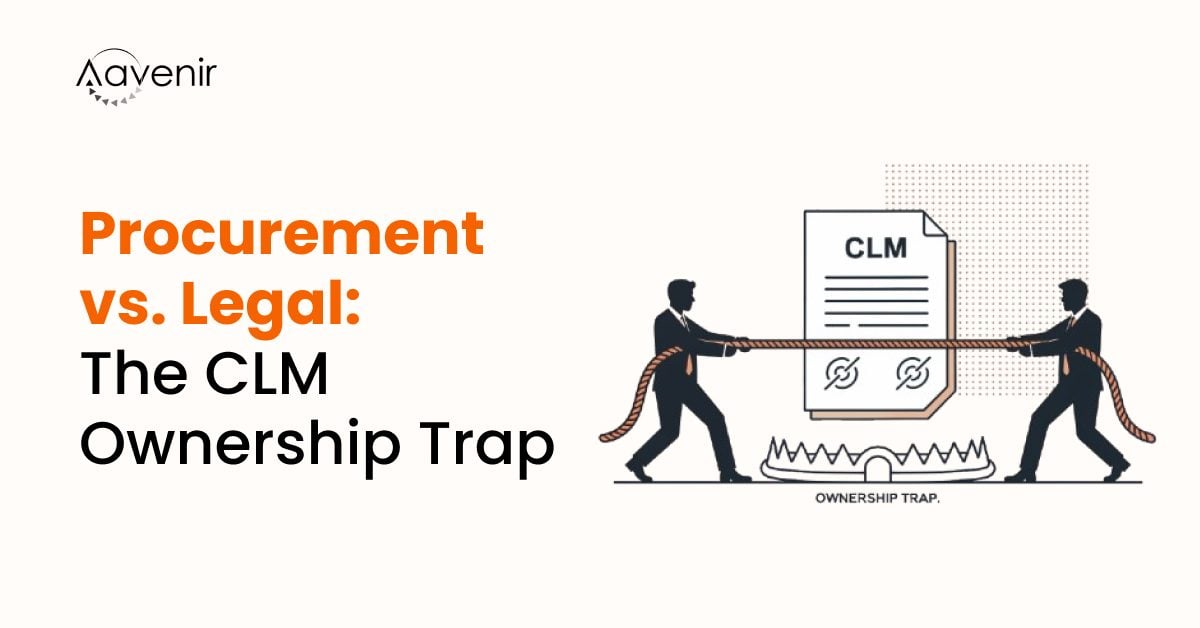A clock ticks, eye blinks, and a new technology wins. The same goes for the supply chain management vertical, which works on a double-sided sword of procurement and strategic sourcing.
Technology adoption has accelerated procurement processes with shorter fulfillment times over the years. And for higher business ROI, you need to be ready with futuristic procurement drivers that improve productivity and competitiveness.
Unraveling Futuristic Procurement Drivers
Let’s discuss the critical procurement drivers in detail for simplified strategic sourcing.
1. Risk Management – Minimizing Procurement Risk
Procurement is becoming volatile with the herd of suppliers approaching organizations for services and products. Here, one of the strategic sourcing best practices includes risk management. It helps mitigate risk early, ensuring a resilient future and keeping the ball in your court.
2. Digital Transformation
Digital transformation has spread like wildfire in every sector, including procurement. The best-of-breed technologies that accelerate the procurement process include API integrated sourcing, Machine Learning (ML), NLP (Natural Language Processing), and Artificial Intelligence (AI) techniques.
The newest technologies are disrupting with a focus on delivering clear and tangible sourcing. E-Procurement ensures sourcing products and services on demand from marketplaces, whereas AI bots and automation can take care of mundane and repetitive tasks. In addition, the technology simplifies procurement processes, such as managing enormous order volume, supplier negotiation, and more.

3. Visibility into Supply Chain Management
Supply chain visibility mitigates global supply disruptions, making it imperative for companies to view their entire global supply chain. This calls for visibility into all their trading partners, such as manufacturers, shippers, forwarders, and connectivity, to provide real-time updates throughout the process.
Procurement’s first move this year should be to entirely map the risk associated with their supply chain. This process helps organizations analyze their procurement plan in reality. In addition, the CPO (Chief Procurement Officer) and his procurement team will need to realign with the strategies and monitor supply chain risk regularly.
4. Vendor Selection System
If your business and vendor requirements are clearly defined, your vendor selection team can identify suitable vendors who can deliver the service/product you wish to outsource. Abort this run-of-the-mill task with the help of smart procurement software. A unified software will help you
- Raise the RFP success rate
- Set milestone
- State selection criteria
- Identify the potential vendor
- Award-a-bid.

5. Simplified Contract Lifecycle Management
Contract lifecycle management (CLM) software will be a critical enterprise function to increase procurement efficiency while improving vendor and critical business stakeholder engagement. It will help improve outcomes and reduce risk.
6. Suppliers’ Collaboration and Innovation for Stability
Backed by Deloitte CPO Survey 2021, supplier collaboration and innovation are expected to be the key focus for CPOs in the coming time. Also, there seems to be ample scope in this area, with numerous opportunities centered on supplier information and performance management, risk and compliance, innovation, supplier relationship management (SRM), and more.
In contrast, a lack of digital capability makes it difficult for organizations to generate value. Therefore, collaboration within the team and hundreds of critical suppliers with procurement solutions is necessary.
Collaboration helps resilient decision-making with effective communication and fosters a sense of trust. CXOs need to realize that they have to make internal communication seamless and support quick decision-making.
What Next
As procurement is taking center stage, here are a few other trends that will take place in the supply chain universe, such as
- The linear supply chain will be replaced by a circular supply chain approach for controlled wastage, spending, and environmental impact
- RFP management will see more entries from local suppliers with smoother supplier negotiation
- New talent is to be attracted and the present workforce upskilled to adapt to technology
- Data and analytics will be essential procurement functions
To tread into the next normal, procurement and sourcing departments must transform their operations and collaborate with internal and external stakeholders. For example, adopting an agile operating model may enable procurement functions to scale up or down quickly in response to unexpected supply challenges.
To engage and develop experienced workers, leading organizations are implementing virtual training methods and gamified digital tools. In addition, the winning procurement organizations will adopt a continuous learning culture as a way of life.
Procurement professionals should embrace this mandate boldly and propose solutions that help companies navigate troubled, uncertain waters and be bold and rethink traditional paradigms to address these challenges.
How Aavenir RFPflow Facilitates Your Sourcing Strategies
Sourcing is the initial step to supply chain management coming with its own set of challenges that primarily includes
- Lack of internal communication
- Lack of transparency
- Absence of integrated technology
Aavenir RFPflow sourcing solution digitizes your direct and indirect procurement processes and streamlines spend management with
- Visibility on spend segments
- Optimization of costs
- Better negotiation in procurement
- Minimal the risk of vendor selection and evaluation
- Reduced time for overall RFP creation and responses time




